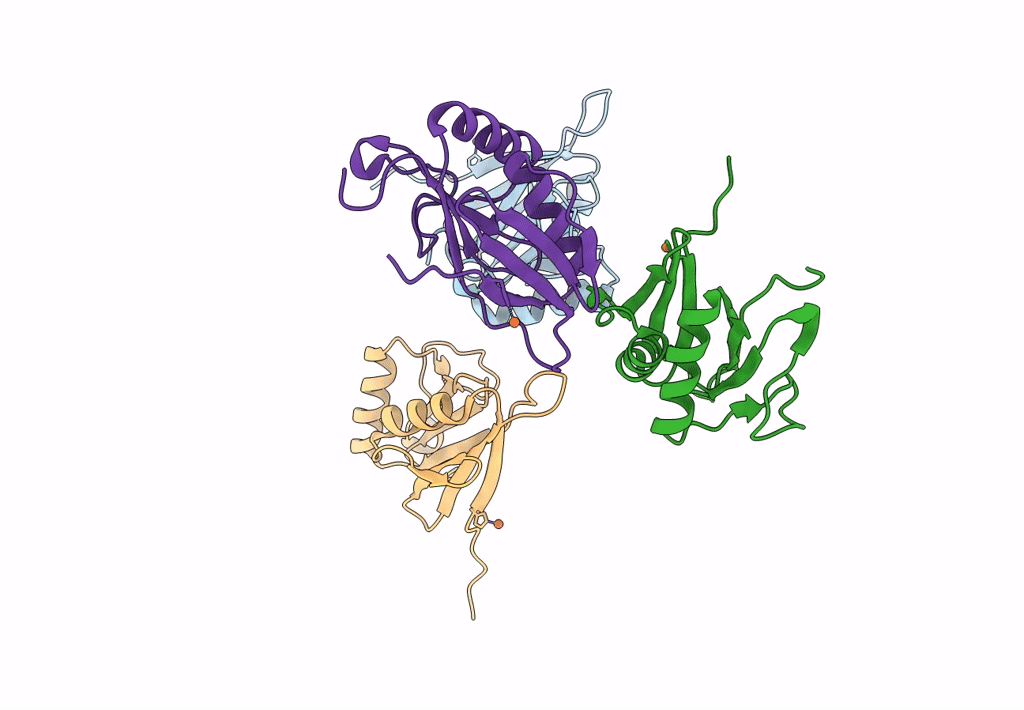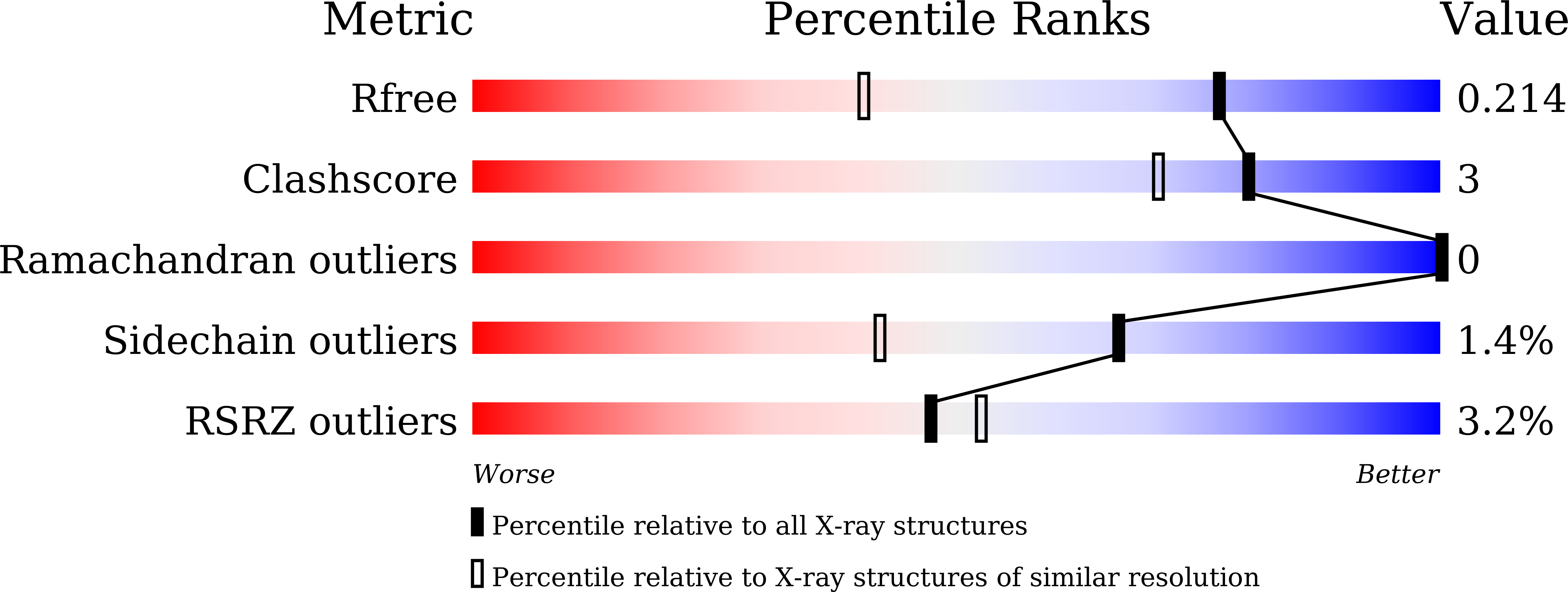
Deposition Date
2021-12-19
Release Date
2023-05-24
Last Version Date
2024-12-18
Entry Detail
Biological Source:
Source Organism:
Streptomyces chartreusis (Taxon ID: 1969)
Host Organism:
Method Details:
Experimental Method:
Resolution:
1.50 Å
R-Value Free:
0.21
R-Value Work:
0.19
R-Value Observed:
0.19
Space Group:
P 1 21 1


